Many of the King or Queen’s representatives in New Zealand, the Governors and Governors-General, are also commemorated, mainly in a block of streets between High Street and York Street, and between York Street and Hillcrest Street.
The oldest street named after a governor is, however, Grey Street.

Grey Street
The oldest street named after a governor is,Grey Street which runs between Lincoln Road and Perry Street. George Grey was Governor when the Small Farms Association was formed, and was supportive of the movement that led to the establishment of Masterton and Greytown. He later served a period as Premier of New Zealand.
Pic: Sir George Grey was both Governor and Premier of New Zealand.
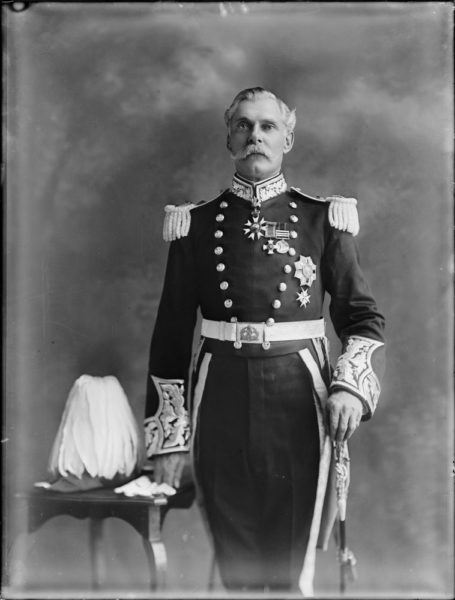
Bledisloe Street
Bledisloe Street is named after Viscount Bledisloe, Governor-General of New Zealand from 1930-35. Bledisloe is remembered fondly for his passion for agriculture, and less fondly for his speeches, said to be laborious.
In 1931 the Waitangi Estate, including the Treaty House, came on the market and Bledisloe, who recognised the estate’s importance in New Zealand history, purchased the property. He presented it to the nation, and contributed generously towards a special fund set up to renovate Treaty House.
Bledisloe is also remembered for the Bledisloe Cup contested between the rugby teams of New Zealand and Australia, and a similarly-named cup for horticulture.
Pic: Lord Bledisloe was a keen agriculturist who purchased Treaty House for New Zealand.
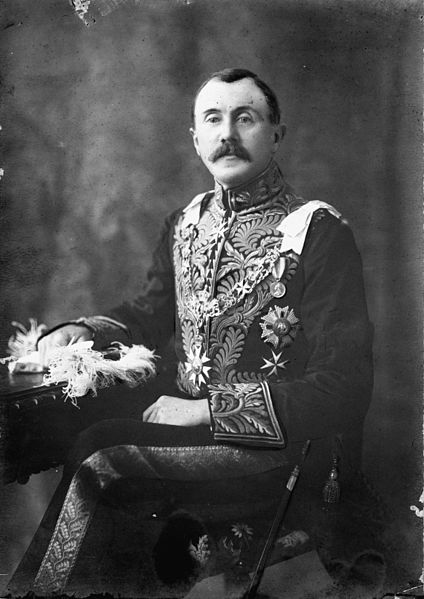
Ranfurly Street
Ranfurly Street is named after another governor who had a sporting trophy named after him – Lord Ranfurly, whose Ranfurly Shield is usually regarded as the supreme domestic rugby trophy in New Zealand.
Lord Ranfurly was Governor of New Zealand from 1897 to 1904, a period that included the death of Queen Victoria, the extension of New Zealand’s boundaries to include many Pacific Islands, and the South African War.
Pic:
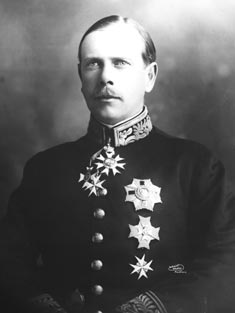
Plunket Street
Yet another governor with sporting connections is remembered in Plunket Street. Plunket is well remembered for his connection with cricket, but as an administrator he is described as being conservative, as having filled his constitutional role and no more. His wife was an enthusiastic supporter of Truby King, and was patroness of what became known as the Plunket Society.
Pic: Lord Plunket's name lives on in a cricket trophy - his wife's in the Plunket Society.

Fergusson Street
One of the streets in the ‘Governors’ block – Fergusson Street – could be taken to represent three different men as three generations of Fergussons were governors of New Zealand.
The first of these was Sir James Fergusson, who was Governor from 1873 to 1874. He was Governor of South Australia for four years before coming to New Zealand, and following his term in New Zealand was Governor of Jamaica for five years, before being killed there during an earthquake.
The second Fergusson to represent the Crown in New Zealand was General Sir Charles Fergusson, Governor-General from 1924 to 1930. Sir James’ son, he had commanded the 17th Army Corps in France during World War One and had married Lady Alice Mary, daughter of another New Zealand Governor, Lord David Glasgow. Their son, Sir Bernard Fergusson was the third member of the family to take a vice-regal post in New Zealand.
Sir Bernard, later to be Lord Ballantrae, was Governor-General from 1962-67. A military man, he was also an accomplished writer, having a number of works published, including a volume of verse.
Pic: Sir James Fergusson, the first of three generation so his family to be the Queen's representative in New Zealand.
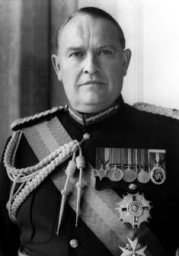
Cobham Place
Lord Cobham, our ninth Governor-General, was almost left off the list of those to be commemorated in Masterton streets. When Plunket Street was formed in 1967 it was proposed that it be known as Cobham Street, but the proposal was turned down as it was thought likely to cause confusion with the similar sounding Cockburn Street. When Cobham Place was later proposed there was a change of heart.
Cobham was another with keen sporting interests, having been vice-captain of the MCC cricket team to tour New Zealand in 1935. He was a noted public speaker, and when his term expired some of his collected speeches were published.
Pic: Lord Cobham was an enthusiastic outdoors man.
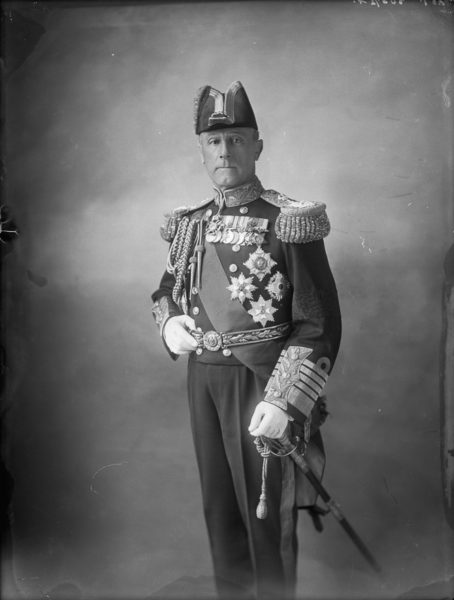
Liverpool Street and Jellicoe Place
The Earl of Liverpool was the 18th Governor of New Zealand, from 1912 to 1917, and the first Governor-General from 1917-1920. Liverpool had previously been a civil servant and a soldier. He was, just prior to his appointment as Governor, Comptroller of the Royal Household.
When the street was built in 1975 the developers, obviously hoping for a more ‘upmarket’ image, suggested Parkdale Crescent. The Council decided to continue in accordance with their policy of naming streets after Governors-General and plumped for Liverpool Street.
Jellicoe Place is named after the second Governor-General Viscount Jellicoe, who served from 1920-24. Jellicoe had been the commander of the Grand Fleet during World War One, and was a noted writer on naval matters
Pic: Lord Jellicoe was one of the country's most popular Governors.
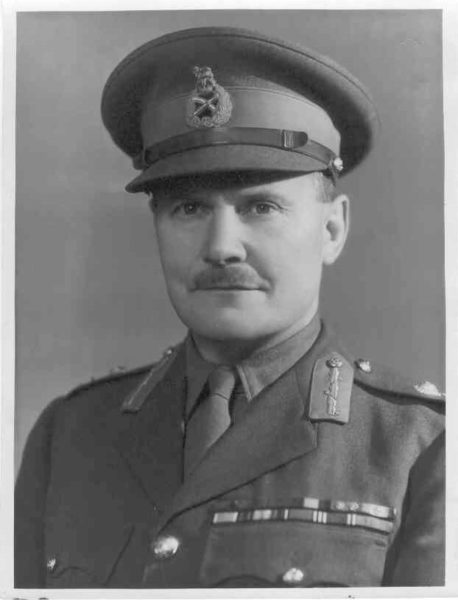
Freyberg Street
One of New Zealand’s legendary military figures, who also served a term as Governor-General, is remembered in Freyberg Street. Baron Freyberg was born in England but emigrated to New Zealand with his parents in 1891. He joined the Territorial Army in New Zealand, and then served in World War One, winning numerous awards for bravery, including a Victoria Cross. He ended the war as a brigadier general and commanded the British 29th Division.
When World War Two was declared Prime Minister Michael Savage appointed Freyberg to lead the 2nd New Zealand Expeditionary Force, a commission he carried out with distinction. After the war he served as Governor-General from 1946-52.
Pic: Bernard Freyberg was a military hero to most New Zealanders.

Newall Place
One of New Zealand’s more controversial Governors-General is recalled in Newall Place. Sir Cyril Newall came from a military background, having served as Chief of Air Staff in Britain. He is chiefly remembered today for the terrible gaffe that he made when addressing a group of servicemen. His speech started with the phrase, “boys of the Navy, men of the Army, gentlemen of the Air Force”.
Pic: Former chief of air staff was Governor General from 1941-6.
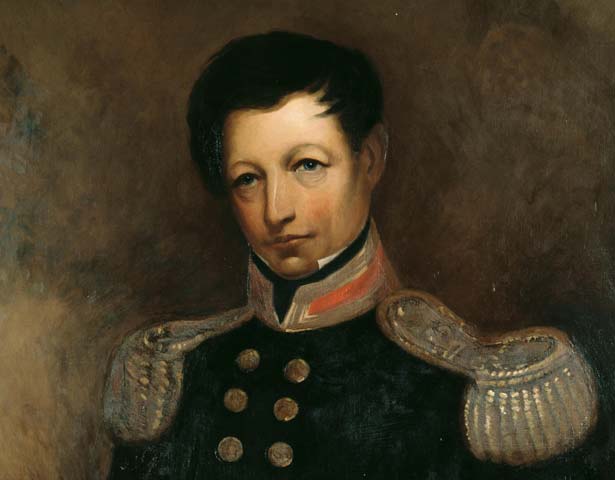
Hobson Place
New Zealand’s second Governor, whose actions were to have a major part in shaping the future of the country, is recalled in Hobson Place.
William Hobson was an Irishman, who had spent most of his life from the age of nine at sea. He was appointed Lieutenant-Governor of New Zealand, reporting to the Governor of New South Wales with specific authority to arrange with Maori leaders for the cession of sovereignty. Hobson achieved his goal when the Treaty of Waitangi was signed at Waitangi on 6 February 1840.
His health was not strong following several bouts of yellow fever while at sea, and he suffered a stroke shortly after the signing of the treaty. September 1842.
He survived, although weakened, until September 1842.
Pic: New Zealand's first Governor was William Hobson. He died in New Zealand in 1842.










